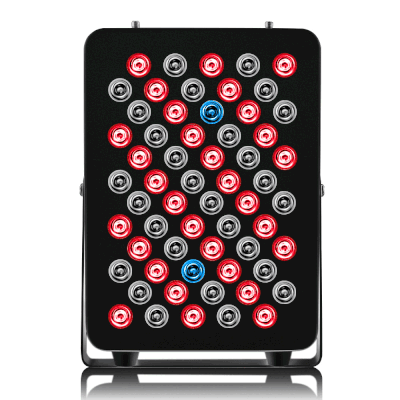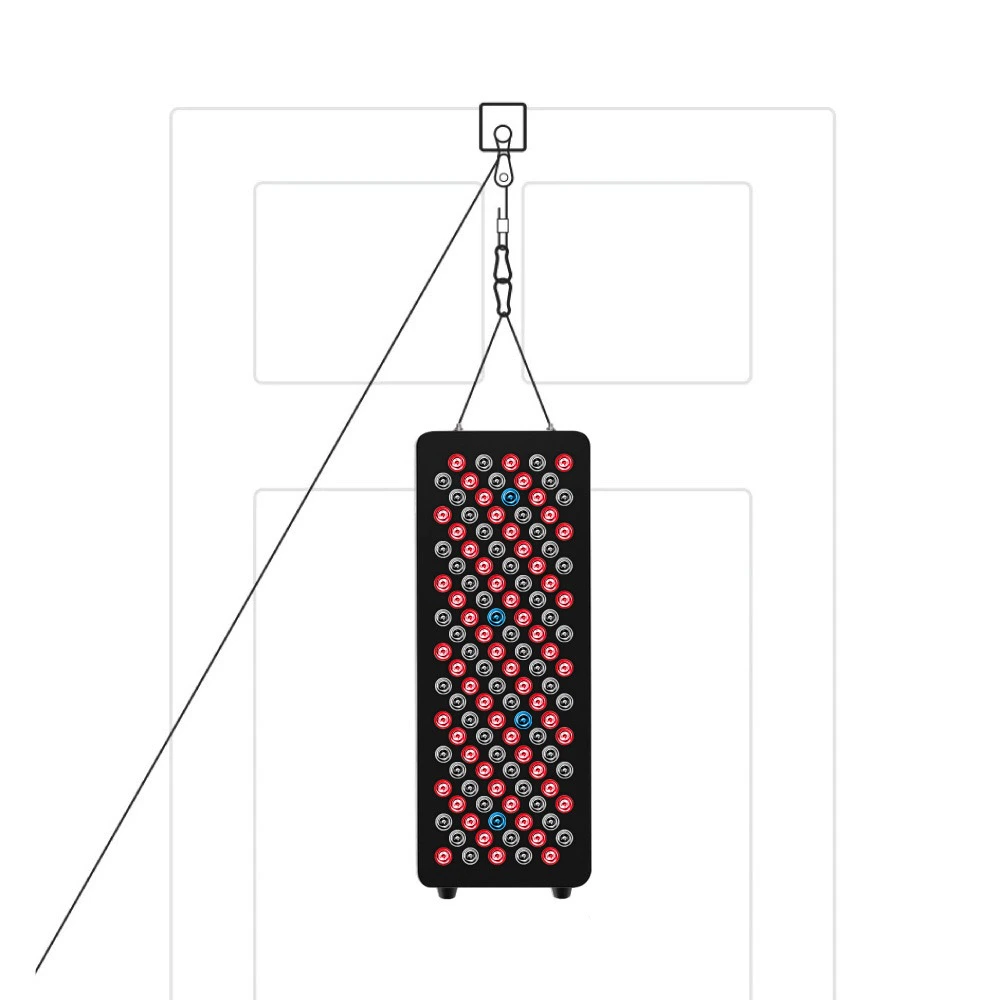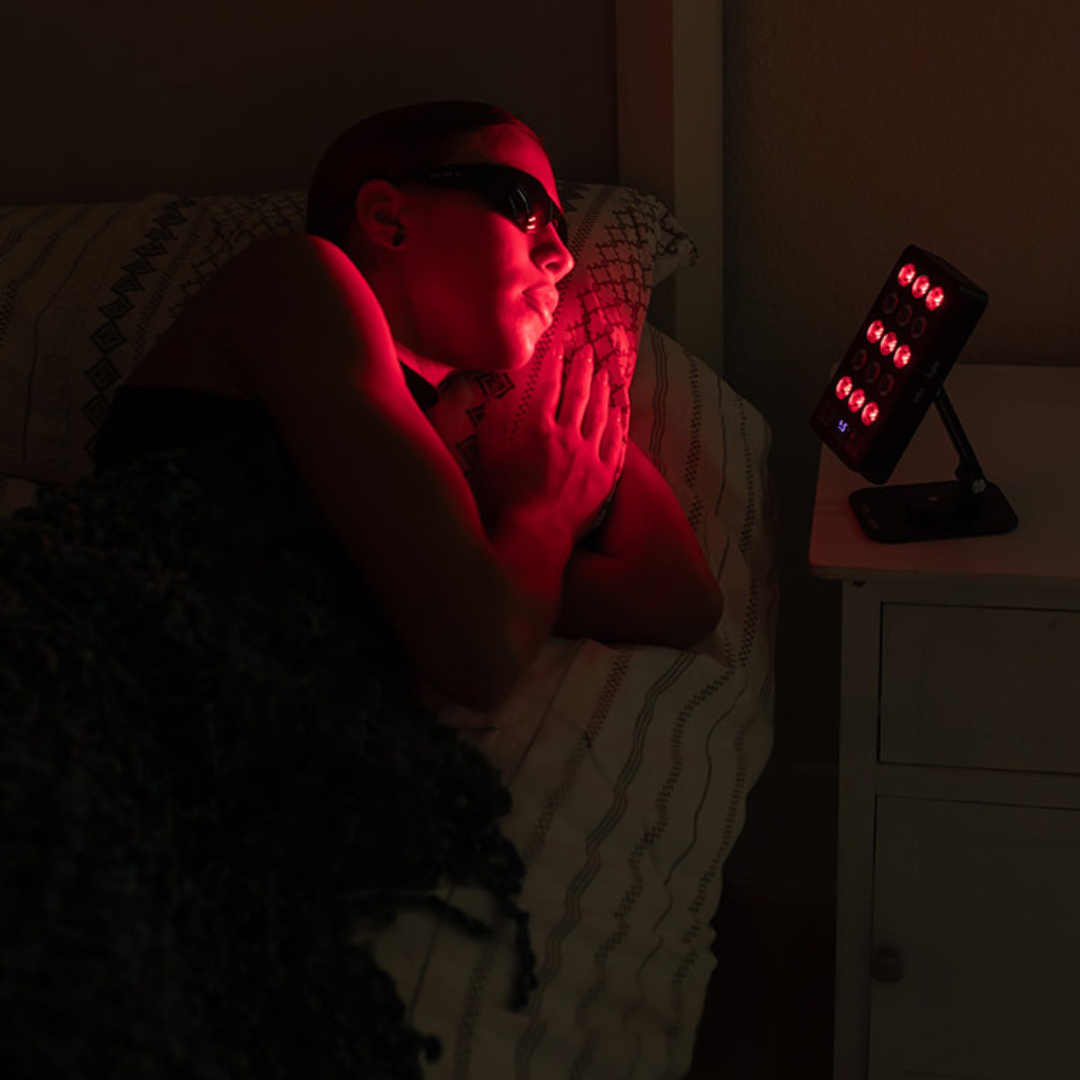![]() Free Shipping
Free Shipping ![]() Buy Now, Pay Later
Buy Now, Pay Later ![]() Eligible
Eligible
Can You Use Tretinoin & Red Light Therapy? The Ultimate Guide to a Powerhouse Combo

In the ever-evolving world of skincare, two powerhouse treatments have risen to the top for their proven, science-backed results: the gold-standard topical tretinoin and the non-invasive, high-tech red light therapy (RLT). Individually, they are champions in the fight against acne, wrinkles, and uneven skin tone. But can you use tretinoin and red light therapy together?
The short answer is a resounding yes. Not only are they safe to use in the same regimen, but they can also be a highly complementary and synergistic duo. This guide will break down exactly how to combine them for maximum benefit, safely and effectively.
Understanding the Players: Tretinoin vs. Red Light Therapy
Before we dive into their combination, let’s quickly define what each treatment does on its own.
What is Tretinoin? The Cellular Renewal Powerhouse
Tretinoin, a prescription-grade retinoid (a form of Vitamin A), is a true workhorse. It works at a cellular level by binding to retinoic acid receptors, influencing skin cell behavior.
- Primary Mechanism: Increases skin cell turnover, pushing out old, damaged cells and bringing fresh, new cells to the surface.
- Key Benefits:
- Anti-Aging: Stimulates collagen production, reducing the appearance of fine lines and wrinkles.
- Acne Treatment: Unclogs pores and prevents comedones (blackheads and whiteheads) from forming.
- Hyperpigmentation: Fades dark spots and evens out skin tone by accelerating exfoliation.
Dr. Anya Lee, Board-Certified Dermatologist: “Tretinoin remains the most extensively researched topical ingredient for photoaging and acne. Its ability to fundamentally change the skin’s physiology for the better is unmatched. However, its initial side effects like dryness, peeling, and redness—often called the ‘retinoid uglies’—can be a barrier for many.”
What is Red Light Therapy? The Soothing Cellular Energizer
Red Light Therapy is a non-invasive treatment that exposes the skin to low wavelengths of red and near-infrared light. Think of it as a cellular energy boost.
- Primary Mechanism: Light photons are absorbed by the mitochondria (the powerhouses of our cells), stimulating them to produce more adenosine triphosphate (ATP)—the energy currency of the cell.
- Key Benefits:
- Anti-Inflammation: Calms irritation and redness, making it excellent for conditions like rosacea and acne.
- Collagen & Elastin Production: Boosts the production of these essential proteins, firming the skin and reducing wrinkles.
- Enhanced Healing & Repair: Accelerates the skin’s natural repair processes, helping to heal wounds and fade scars.
Dr. Mark Chen, PhD in Biomedical Engineering: “RLT is like giving your cells a tune-up. By optimizing cellular energy production, we see a cascade of benefits: reduced inflammation, increased circulation, and enhanced tissue repair. It’s a gentle yet powerful tool for overall skin health.”
The Synergy: Why Tretinoin and Red Light Therapy Work So Well Together
This is where the magic happens. Tretinoin and RLT don’t just coexist; they complement each other beautifully, each addressing the other’s shortcomings.
1. RLT Soothes Tretinoin’s Side Effects
The initial “retinization” period with tretinoin can be harsh. RLT’s potent anti-inflammatory properties can help calm the redness, irritation, and peeling, making the adjustment to tretinoin more comfortable and sustainable.
2. A Combined Assault on Aging
Both treatments boost collagen, but through different pathways. Tretinoin does it by influencing gene expression, while RLT does it by fueling the fibroblasts (collagen-producing cells) with energy. Using both is like building a house with more workers (tretinoin) and giving them all super-powered tools (RLT).
3. Enhanced Healing and Barrier Support
Tretinoin can temporarily compromise the skin barrier. RLT supports barrier repair and overall skin health, creating a more resilient canvas that can better tolerate active ingredients like tretinoin.
How to Combine Tretinoin and Red Light Therapy: A Practical Schedule
Timing is everything. The key is to separate the two treatments to allow each to work without interference and to minimize potential sensitivity.
The Golden Rule: Separate Your Sessions
The most effective and safest approach is to use them at different times of the day.
| Time of Day | Treatment | Rationale |
|---|---|---|
| Morning | Red Light Therapy | A perfect way to start the day. RLT is energizing, reduces morning inflammation, and prepares your skin to face the day. Follow with a moisturizer and sunscreen (non-negotiable!). |
| Evening | Tretinoin | Tretinoin is broken down by sunlight, making nighttime its ideal application window. Apply to clean, completely dry skin 20-30 minutes after washing to reduce irritation. |
VELLGUS Elite V2
THE #1 RATED RED LIGHT DEVICE
VELLGUS pro V2
THE #1 RATED FULL BODY RED LIGHT DEVICE
Can You Use Them in the Same Session?
It’s generally not recommended to apply tretinoin immediately before RLT. The light needs to penetrate the skin unobstructed, and a thick layer of cream could theoretically block it. Furthermore, applying an active like tretinoin and then applying heat or light could increase irritation.
The Verdict: Stick to the AM/PM separation for the best results and safest experience.
Pro Tips and Precautions for Your Combined Regimen
- Start Low and Go Slow: If you are new to tretinoin, begin by applying it 2-3 times a week, gradually increasing frequency as your skin tolerates it. You can use RLT daily.
- Listen to Your Skin: If your skin is feeling particularly raw or sensitive from tretinoin, it’s okay to skip a night of application. You can still use your RLT in the morning to help soothe it.
- Sunscreen is Non-Negotiable: Both tretinoin and the collagen-building effects of RLT can make your skin more photosensitive. A broad-spectrum SPF 30+ is your best friend.
- Moisturize, Moisturize, Moisturize: A good moisturizer will help support your skin barrier. Consider applying it after tretinoin (the “sandwich method”) if you experience significant dryness.
- Consult a Professional: Always get a prescription and usage guidance for tretinoin from a dermatologist. They can advise you on the best strength and regimen for your specific skin concerns.
The Bottom Line
Combining tretinoin and red light therapy is not only safe but can be a highly strategic move for your skincare routine. This powerful partnership allows you to harness the profound, renewing effects of tretinoin while using the soothing, energizing power of red light therapy to mitigate irritation and amplify collagen production. By following a simple AM/PM schedule, you can unlock the full potential of both these treatments for clearer, smoother, and more youthful-looking skin.
Disclaimer: This article is for informational purposes only and does not constitute medical advice. Always consult with a board-certified dermatologist or healthcare provider before starting any new treatment.








